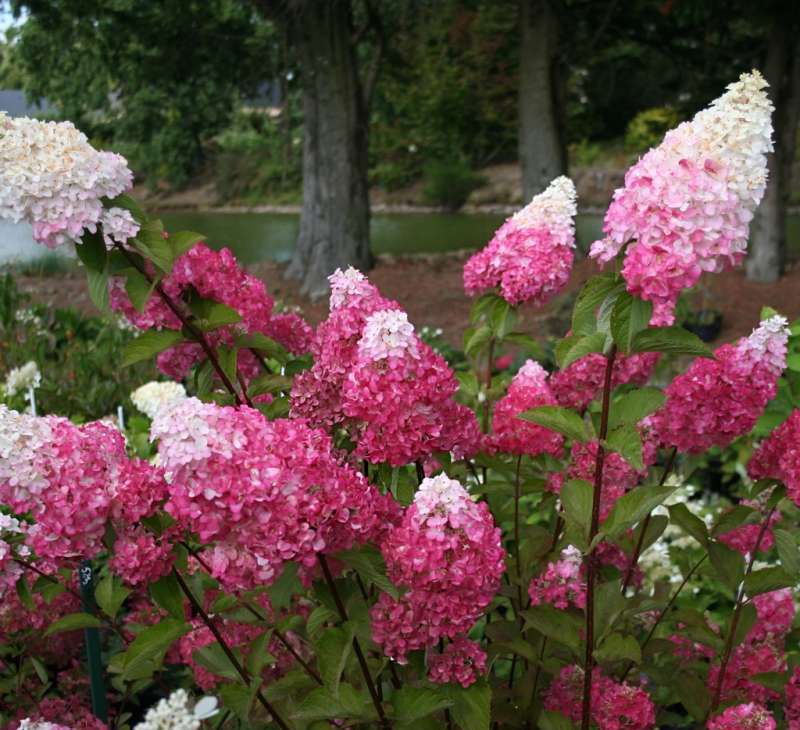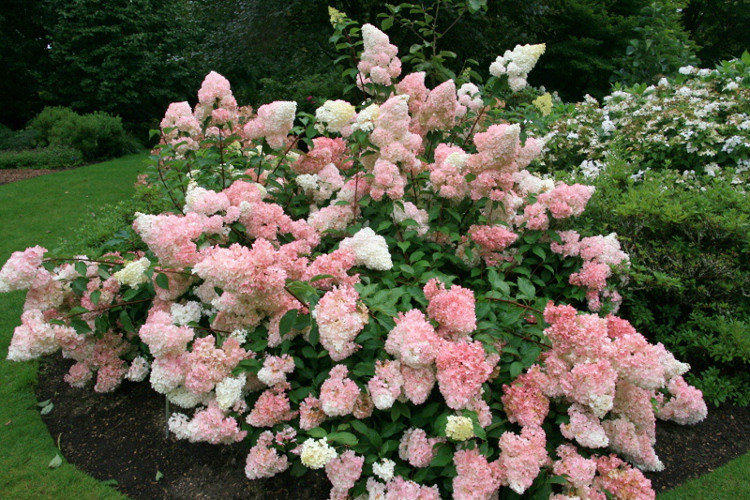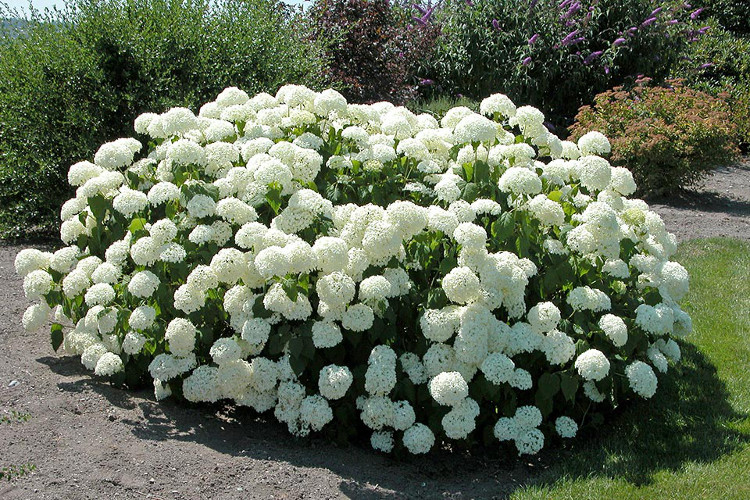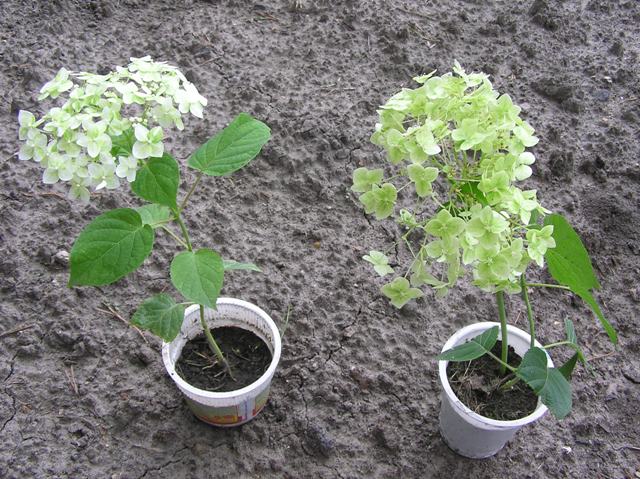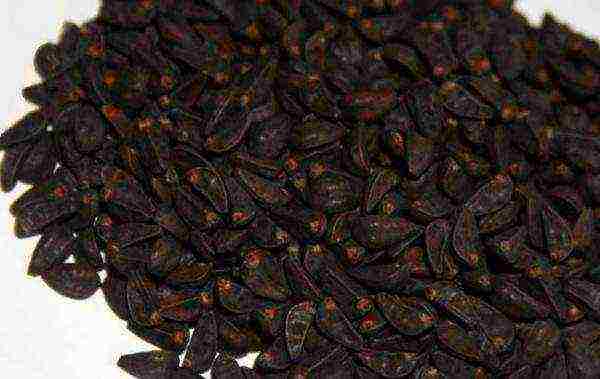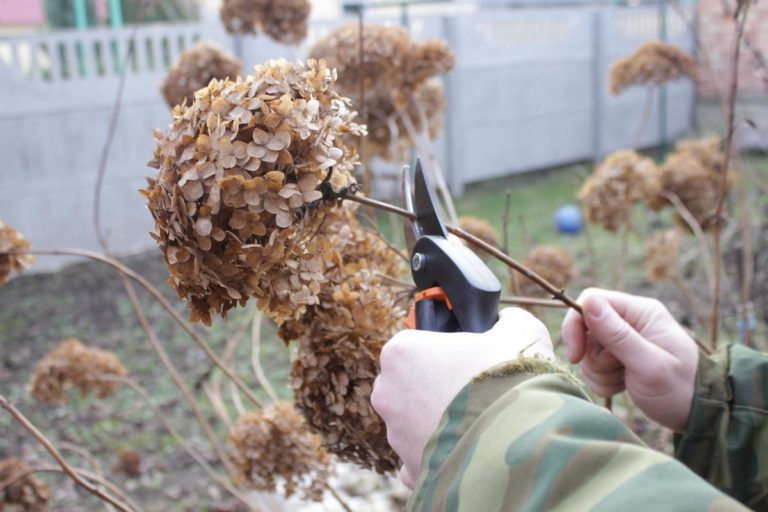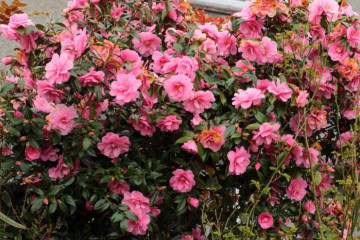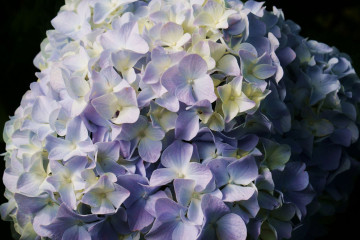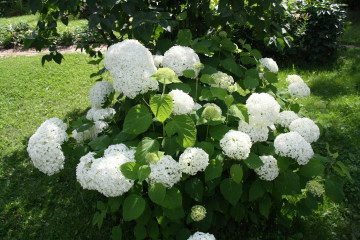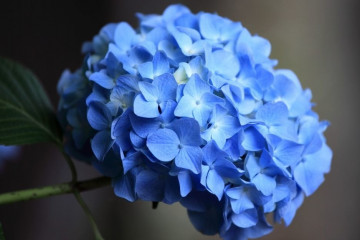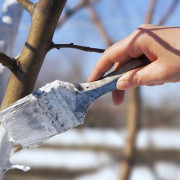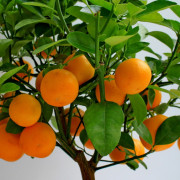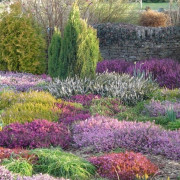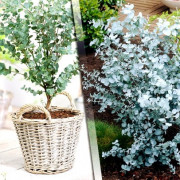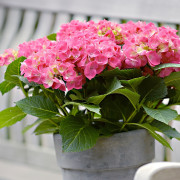Garden hydrangea - planting and care in the open field in the Urals
Content:
Hydrangea is a wonderful flower, which will not be difficult to grow even for the most experienced gardener. This largely explains its high demand.
Origin story
Hydrangea as a species grew back in the Tertiary period, when most of the northern hemisphere was covered with impenetrable forests. It was not about its cultivation. Excavations in Alaska and in parts of the United States have shown that the flower grew successfully more than 40-70 million years ago.
Hydrangea came to Europe only at the beginning of the 14th century. Initially, the flower began to grow for the rich and noble segments of the population. It existed in two varieties: white and scarlet.
Today there are more than 70 varieties of hydrangea, it is available for planting in almost any region with fertile soil.
Description of the flower
Those who are interested in hydrangea garden planting and outdoor care in the Urals know perfectly well what this flower looks like. We are talking about a perennial that can grow up to a height of 2 meters. The plant has bright green ovoid leaves and an erect stem.
Flowers can be of different shades: from white to bright purple. They are formed at the ends of the shoots and are formed into beautiful inflorescences in the form of caps. The hydrangea blooms in July and August.
Difficult climatic conditions have long been no obstacle to growing a flower. The hydrangea flower in the Urals has been grown quite actively in recent years. In order for the flower to feel comfortable in a rather harsh climate, it is important to choose the right variety for planting.
Panicle varieties for the Urals
In search of an answer to the question of which hydrangea is better to plant in the Urals, it is recommended to pay attention to the following paniculate varieties.
Dart's Little Dot
This panicle hydrangea is optimal for planting and care in the open field in the Urals. You can even plant it in a pot if you wish. It is a relatively low shrub, up to 1 meter high, with pale pink inflorescences.
The flowering period of this Ural hydrangea falls in the summer (July and August), often passes into autumn, if September is relatively warm.
Kyushu
Another excellent hydrangea variety in the Urals for growing in the garden is Kyushu. This is a three-meter shrub with a gorgeous crown. The inflorescences of the variety are white, which acquires a light pink tint closer to autumn.
Taking care of the variety will not be difficult. Hydrangea perfectly tolerates both cold and drought. The main condition for full flowering is a sufficient amount of moisture.
Vanilla Fraise
Vanilla Fries is also great for planting in harsh climates. This is a powerful shrub that grows up to two meters. It blooms for a very long time: from June to October. The flowers are usually white and turn pink towards the end of the flowering period.
This type of hydrangea is very popular and is widely used for decorative purposes.
Unique
Panicle hydrangea Unic also belongs to frost-resistant varieties and is one of the most popular flower varieties. Its advantage is that it grows well and fills all the available space. The Unique variety is often used to create hedges. Hydrangea blooms with white inflorescences until the end of September.
Tree varieties for the Urals
Some treelike varieties of hydrangea are perfect for planting in the Ural region.
Annabelle
The tree-like hydrangea Annabelle is a dome-shaped bush, the height of which can reach one and a half meters. In this large-leaved hydrangea, when planted in the Urals, the flowers begin to bloom closer to the middle of summer and continue to bloom until the end of September.
Thanks to good indicators of frost resistance, a perennial plant survives even very severe frosts without problems and can decorate home suburban areas and flower beds for at least 40 years.
Sterilis
Hydrangea Sterilis is another successful variety for the Urals. The variety is characterized by a high survival rate of cuttings, as well as rapid growth with minimal care. The inflorescences of this hydrangea can be up to 30 centimeters in diameter. Considering the fact that flowering lasts from July to October, Styrilis can become a real decoration of landscape design.
Hayes Starburst
Hydrangea Hayes Starburst is a shrub whose height can vary from 1 to 3 m. Inflorescences can be spherical, flat pyramidal or spherical. The main characteristic of the variety is its high winter hardiness. The plant is able to survive frosts down to -35 degrees.
The above varieties are not limited to those varieties of hydrangea that can grow in the Urals. The same list can include the varieties Mirage, Pink Diamond, Nikko Blue and a number of others. In this case, the inflorescences can be selected in any color. It can be blue, white, pink, red, or even a two-tone flower cultivar.
Open ground transplant
In open ground, hydrangea should be planted in the spring. Depending on the region, the planting time may vary, and quite significantly.
What is needed for landing
In order to transplant a plant into the ground, it is not enough just to wait for spring to come. It is important to choose the right time period. For the Urals, the end of April or the beginning of May is best suited. Planting will require a viable seedling, fertile soil, and a minimum inventory of gardening tools.
Where is it better to plant
For planting hydrangeas, you should choose a moderately damp plot of land. Although the plant is considered moisture-loving, it does not tolerate moisture stagnation well.
The landing site should be slightly shaded. It is optimal that the sun illuminates it only in the morning or evening. During the day, the plant will be more comfortable in partial shade.
Planting process
The planting pit must be prepared in advance: at least a month in advance, but better in the fall.
Further, the algorithm of actions is approximately the following:
- Water the hole abundantly.
- Place the seedling in the center of the hole.
- Spread the roots of the plant.
- Fill the hole with soil from the upper fertile layer, mixed with sour peat.
- Compact the earth.
- Water the seedling abundantly.
Reproduction
Hydrangea propagation can be done in two main ways:
- from cuttings;
- from seeds.
Cuttings
The best time for grafting is in the middle of summer, when buds begin to appear on the plant.Cuttings should be cut from young plants, cutting off the leafy part of the stem with a pair of buds. Cuttings should be placed in a root growth stimulant solution so that leaves do not fall into it. Cuttings can be planted when the root system is sufficiently developed.
Seeds
Hydrangea seeds do not require any pre-planting preparation, so they can be sown in boxes directly from the package. After sowing, the box must be covered with polyethylene or glass. Despite the fact that the seedlings will appear in 20 days, within two years they will need to be grown at home and planted in the garden only in the third year.
In view of the complexity and duration, this method is rarely used. Most gardeners prefer cuttings.
Hydrangea care
The most correct answer to the question of how to grow a hydrangea in a garden in the Urals is to provide the plant with proper care. In this case, there is no need to open America. It is enough just to periodically feed the plant, add and properly prepare for winter.
Watering
Hydrangea is a moisture-loving plant, therefore it needs abundant watering, especially in summer and in the heat. The plant should be watered directly under the root, avoiding the ingress of water on foliage and flowers.
Top dressing
Hydrangea should be fed three times a year: in spring, summer and autumn. The first feed should contain enough nitrogen to form healthy foliage. As the second, green organic fertilizer, for example, nettle infusion, is optimal.
This will allow the plant to bloom faster. As for fall fertilizers, they should contain potassium, which will allow the hydrangea to survive even the harshest of winters.
Preparing for winter
Preparing hydrangeas for winter necessarily involves removing all faded inflorescences. In parallel with this, thinning and sanitary pruning is carried out.
Although the Ural winters are harsh, it is not necessary to cover the tree and panicle hydrangeas. They will survive the frost just fine. You just need to spud each bush
Hydrangea is a great choice for any gardener. The plant is so diverse that it is possible to plant it on the site at least in order to discover new varieties and enjoy their amazing beauty.

